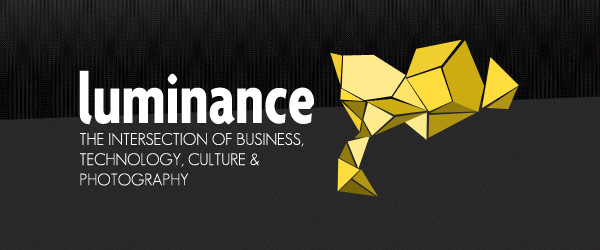
PhotoShelter, a leader in photography websites, is holding its inaugural photo conference, Luminance, this week. We are excited to be here covering it. We’ll be posting here throughout the conference, also follow us on @MediaStorm for updates, hashtag #luminance.
The day started out with PhotoShelter co-founder, Allen Murabayashi telling us loosely how the conference came to be. He brought it all back to a blog post he wrote some time ago called “Rant: I love Photography” where he talked about the photos that moved him, like one of a Japanese teenager levitating, among others.
He told us that we are in a golden age of photography and it’s an exciting time to bring people together to discuss what’s happening in the industry, and what’s next.
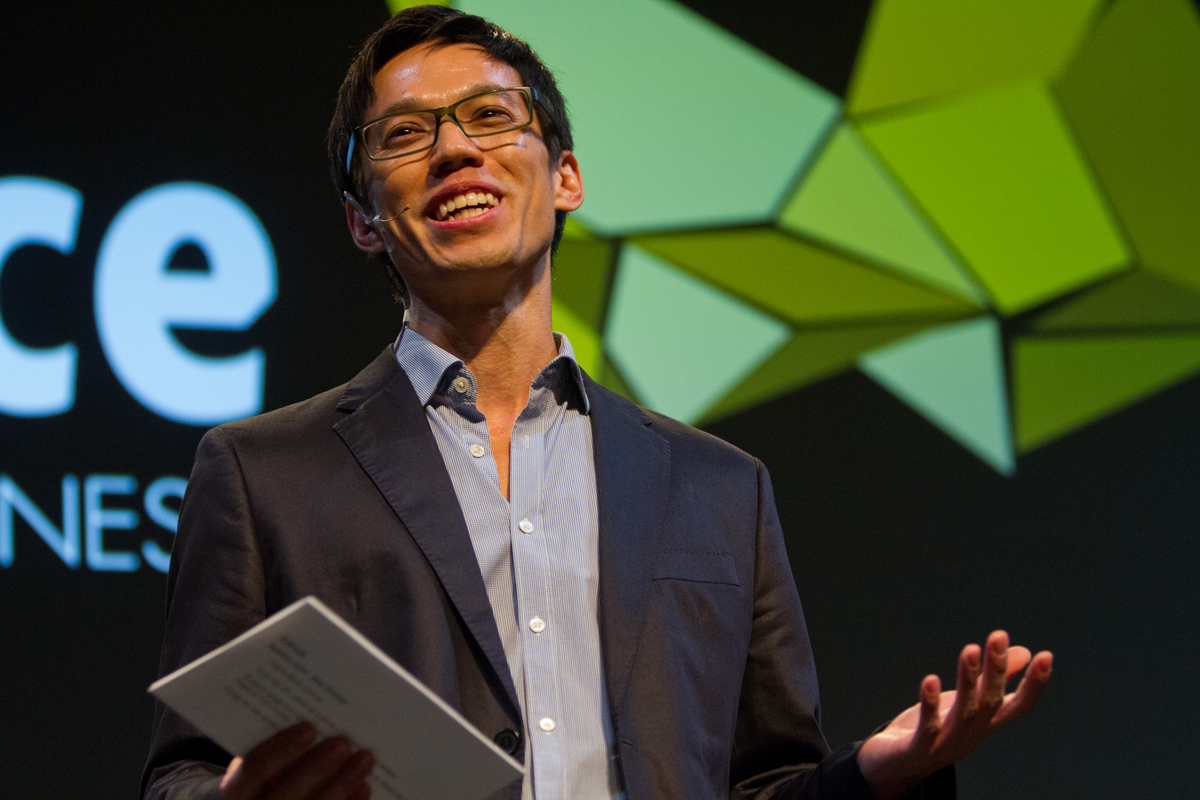
Session One: The Manipulators
The first segment of the morning focused on what Murabayashi calls “the manipulators,” who spoke about the effect photo manipulation is having on photography.
The first speaker of the morning was Kevin Connor, president and co-founder of Fourandsix, a photo forensics software company. He spoke about our ability to trust photos and how it has changed over time.
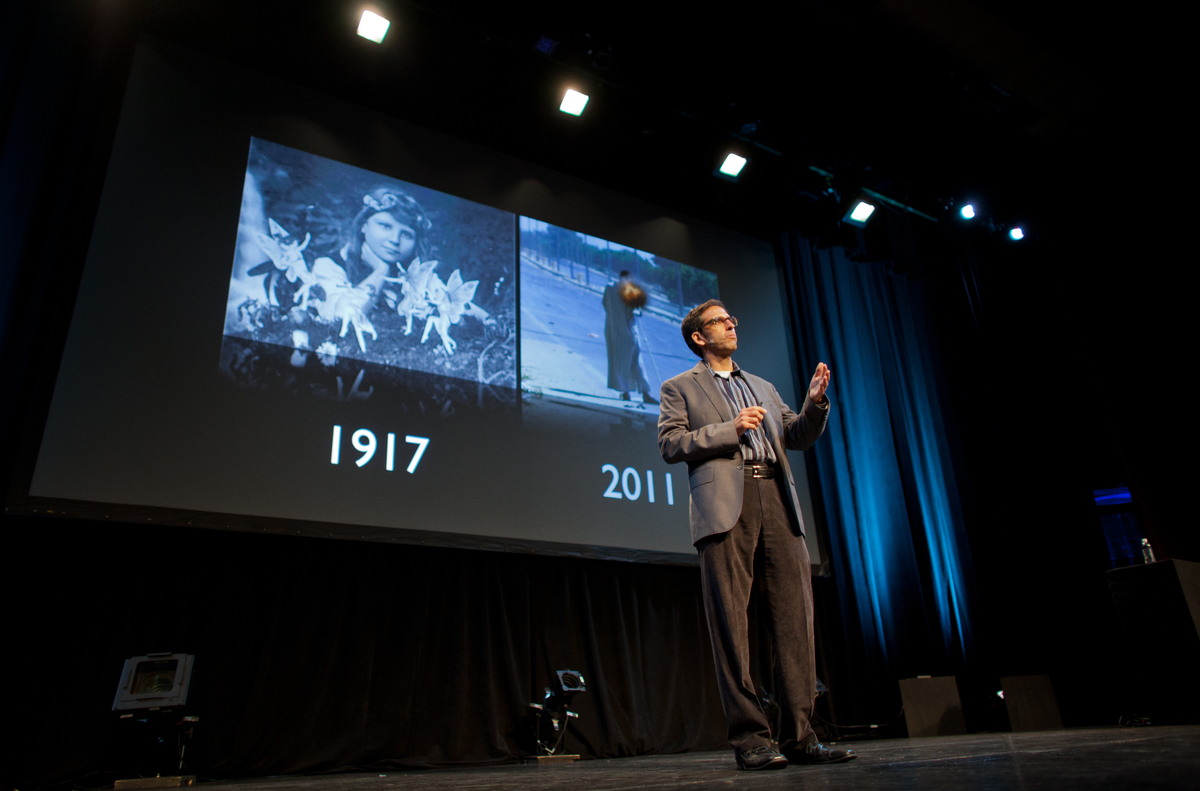
He started off by having the audience take a look at two photos, one from 1917 and the other from 2011. The first had fairies added to it and, no matter how unbelievable this was, people believed it at the time because photography was relatively new and considered a truthful medium.
The second photo showed a man with an RPG exploding on his face. When this photo came out, it met much resistance. People didn’t trust it because it seemed unreal. But the photo was in fact a true shot.
What this tells us, according to Connor, is that people bring their own ideas to photos.
He used some data to discuss people’s ability to know when a photo is real or not. When surveyed, people only identified retouching flaws in photos 55.7 percent of the time and they found out of place shadows just 52.8 percent of the time.
Connor, who worked on products like Photoshop for years, now works to help identify fake photos. He says there’s still no easy way to know if a photo is altered. You have to be a detective to figure it out.
Amy Dresser, a retoucher and illustrator, spoke next about her philosophy as a retoucher. She said that ideally she would like to be the equivalent of someone using a feather duster on a photo, but in reality she’s more like Harvey Keitel’s character from “Pulp Fiction,” being called in to clean up the dead bodies in the back of the car.
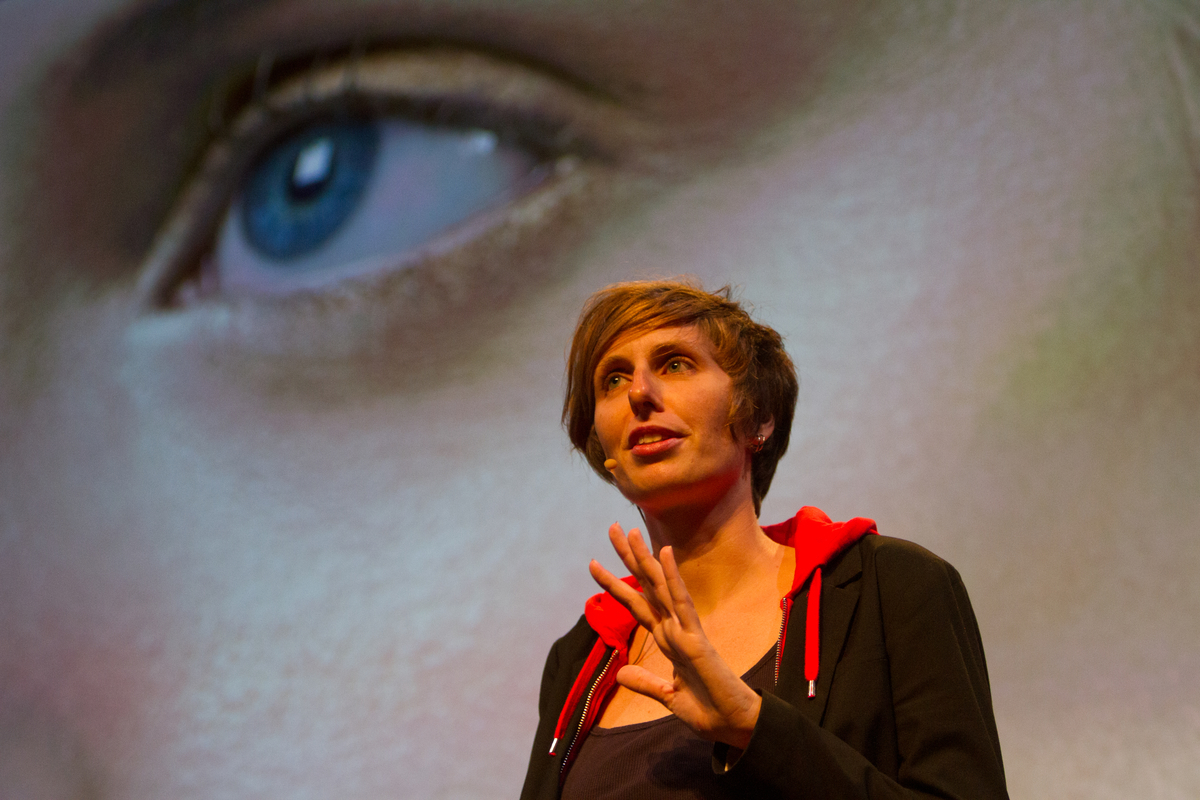
No matter how much work she usually has to do on her projects, she says her main philosophy for retouching is to not make it perfect. She aims to leave the character and the integrity of the person behind the photograph in tact. She uses the original photo for inspiration and picks up where the photographer left off, rather than trying to start something new.
At the end of the day she thinks the marriage between photography and retouching is a limitless relationship and wants to “explode” the boundaries between the two.
The last speaker of the morning session was David Burnett, a photojournalist who doesn’t retouch. In this digital age, he shoots with film.
He hesitates to say that he works in a more “real world,” but suggests that he may work more in “real time.”
He admits that shooting on film doesn’t always work. But that, “you have to know what you’re going to do with that one frame.” He says shooting on film, “forces you to be a little more thoughtful.” To shoot film you have to know what you are trying to say or what you are trying to show with your shot.
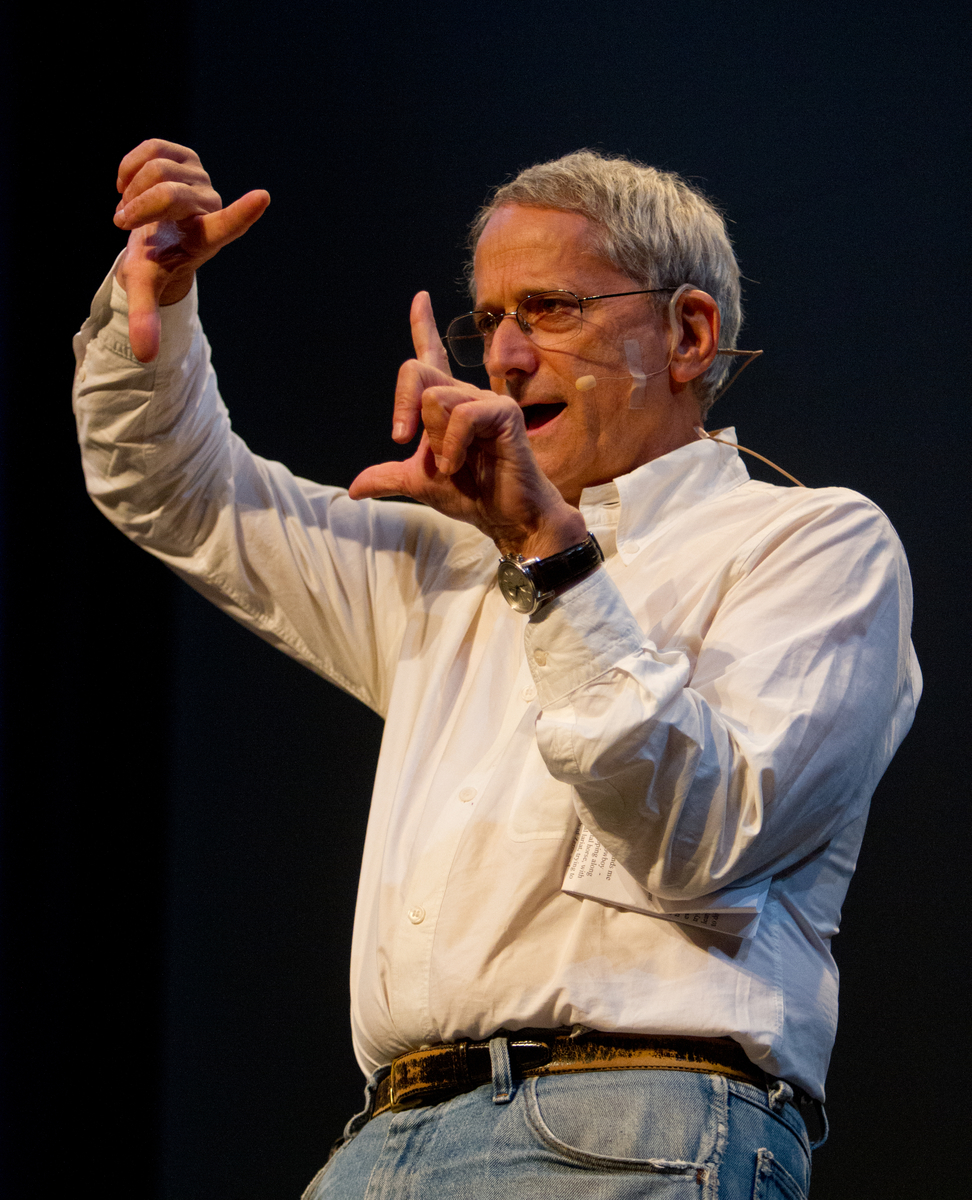
He also admits that carrying around as much equipment as he does gets him a little more leeway with his subjects. Since he has so much to set up, they often are a little more lenient with their time, he says.
He finished by saying, shooting film, “is not for everybody, but if you’re just crazy enough it might be for you.”
Check out the full list of speakers and agenda on the Luminance website. See highlights and photos from each session of the conference on our blog.

